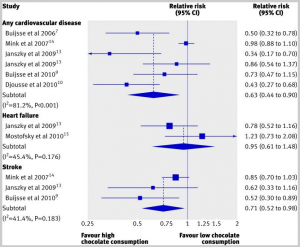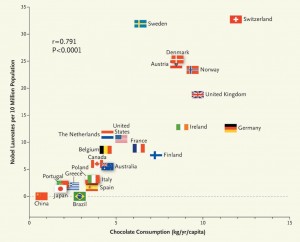I discussed it in AHS 2012: The Safe Starches Panel, Aug 18, 2012. The Ancestral Health Symposium Facebook page gives this summary:
The Ancestral Health movement—often known as “paleo”—has generally favored low-carb dieting with an emphasis on vegetables and sugary fruits rather than starchy tubers, roots, and grains. In 2010, however, Paul and Shou-Ching Jaminet with their Perfect Health Diet argued for an ancestral diet with more starchy plants than fruits and with a moderate carb intake; they popularized the term “safe starches” to describe starches that are low in toxins after cooking, such as white potatoes and white rice. This panel brings together Dr. Ron Rosedale, author of The Rosedale Diet; Dr. Cate Shanahan, author of Deep Nutrition; Chris Kresser, blogger at chriskresser.com and integrative medicine practitioner; and Paul Jaminet to extend a discussion initiated on Jimmy Moore’s Livin’ La Vida Low-Carb blog. The issues: What is healthier – low-carb or moderate-carb? sugary fruits or starchy tubers?
Here’s the video:
Safe Starches: Are they Essential to an Ancestral Diet? — 2nd annual Ancestral Health Symposium 2012 (AHS12). from Ancestral Health Society on Vimeo.













Recent Comments